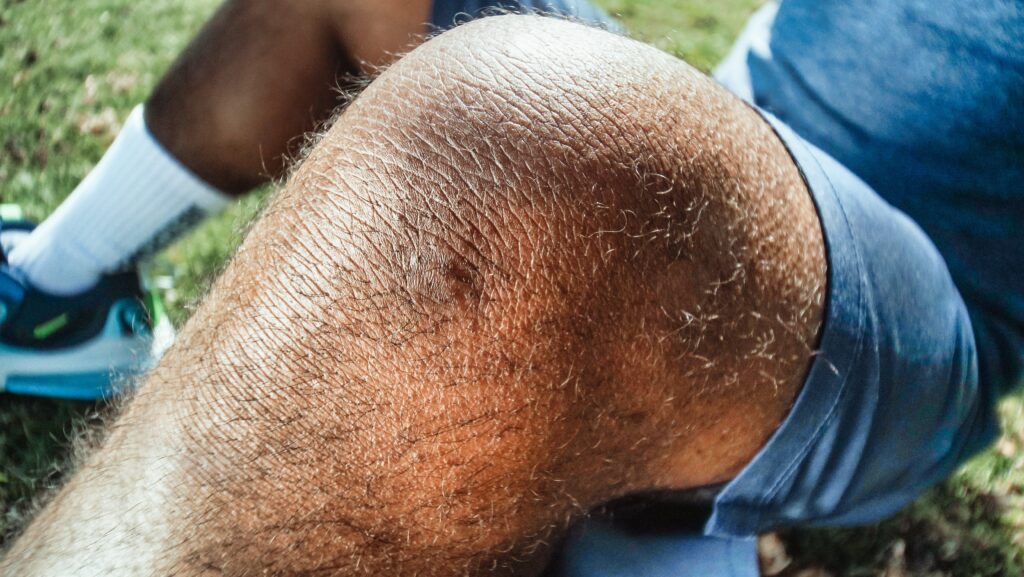Discover How Physical Therapy Helps Recover From Hamstring Strain
Physical therapy is a great way to recover from a hamstring strain, allowing you to return to your routine activities as quickly and safely as possible. In this article, we’ll explain the basics of physical therapy for hamstring strains, what to expect during sessions, different exercises that may be used in treatment, how long recovery takes, and how PT can prevent re-injury.
Introduction
A hamstring strain occurs when one of your three hamstring muscles (biceps femoris, semimembranosus, or semitendinosus) becomes overstretched or tears due to a sudden movement or activity. Common symptoms include swelling near the injury site and pain while walking or bending the knee. Physical therapy is a great solution for treating a hamstring strain, as it can help reduce pain and swelling, improve flexibility and strength, and prevent re-injury.
What to Expect at Physical Therapy:
During physical therapy sessions for a hamstring strain, the physical therapist begins by assessing your injury to determine the extent of the damage. They take into account your medical history, goals, activities, and other relevant factors to create a customized treatment plan that fits your unique needs.
Depending on your situation, your treatment plan may include a combination of manual techniques, stretching, and therapeutic and strengthening exercises. Your therapist may also incorporate ice or heat application, ultrasound therapy, electrical stimulation, taping or bracing, and other strategies to help you recover as quickly as possible.
By working closely with your physical therapist to develop and follow a personalized treatment plan, you can often accelerate the recovery process and get back to your usual activities sooner rather than later.
What Types of Exercises You Might Do:
Your PT may recommend a variety of exercises for treating hamstring strains, including:
- Hamstring stretching exercises: These exercises help to improve leg flexibility. They also aid in reducing pain and inflammation in the hamstrings.
- Leg lifts: This exercise helps in strengthening the leg and hip muscles, which are crucial for stability and balance.
- Prone hip extensions: This exercise targets the glutes and hamstrings while simultaneously stabilizing the lumbar spine.
- Standing single-leg squats: These squats improve leg strength and balance. Practicing this exercise regularly also helps enhance stability in the legs.
- Single-leg bridges: They help in improving core strength, balance, and stability. Practicing this exercise regularly also helps in reducing the risk of leg injuries.
How Long Recovery Takes:
The length of recovery depends on many factors such as the extent of injury, age, activity level, etc. Generally speaking, mild to moderate hamstring strains can take 4 to 6 weeks of physical therapy to heal. During recovery, it’s important to rest and gradually ease back into activity. Your physical therapist will also advise you on how to best manage your pain with icing, heat, self-massage techniques, etc.
How Physical Therapy Prevents Reinjury:
Physical therapists are able to diagnose the cause of a hamstring strain and then design an individualized treatment plan that addresses both the immediate symptoms and long-term causes. This helps reduce the risk of re-injury by addressing underlying issues such as weak muscles or poor flexibility that may have contributed to the original injury. Additionally, physical therapists can provide education on proper exercises for maintaining strength and flexibility in order to prevent future injuries.
Conclusion
Physical therapy is crucial for hamstring injury recovery, improving flexibility, strength, and balance. It addresses underlying issues, so you don’t re-injure yourself, and reduces pain & inflammation. With a physical therapist’s tailored treatment plan, you can confidently return to your activities.

